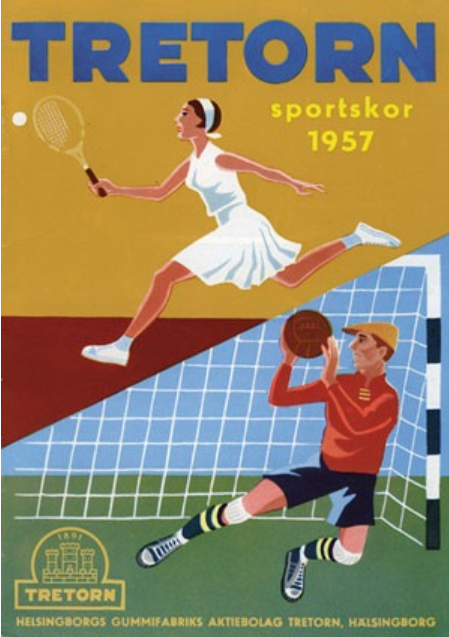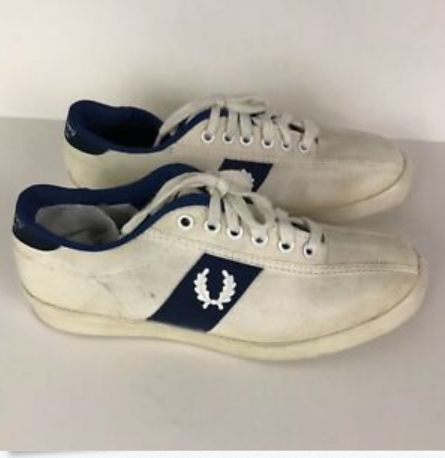Ewing Kipspringer’s devotion to his tennis shoes (3/9/19 Commentary) touched me. I got to thinking about whether his shoes were really for playing tennis. After a bit of research, I determined they probably were. After the plimsoll was invented in the nineteenth century, the first generation tennis shoes were designed by Keds, in 1916. The Keds website has an interesting history of its original shoes, and touts that its “sneaker” was designed then and now “to empower women to be who they want to be and go where they want to go.” Its first canvas-topped rubber soled shoe would be something Jenna Coleman would wear in her role as Queen Victoria, but its 1940 relative looks more like something we recognize. Yoko Ono wore a pair of Keds when she wed John Lennon, and Taylor Swift is the International Keds Brand Ambassador.
Tretorn, a brand which my friends and I wore faithfully in college per The Preppy Handbook, also has an interesting history. Tretorn started as a rubber galoshes manufacturer in Sweden in 1891, and diversified into tennis balls and other products. The company was one of the first to offer free health insurance and vacation time to its employees (did I mention the company was Swedish?). In 1967, the Nylite, with its distinctive “wing” accent, was designed and became one of the first “luxury” tennis shoes. The shoe was worn by tennis players, including Bjorn Borg during the Wimbledon championship in 1976. The Tretorn website is also worth a gander.
I’ve curated a sampling of vintage inspired tennis shoes in order to pay homage to those early styles. See the Pro Shop.



